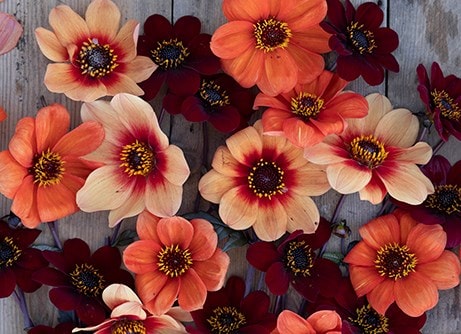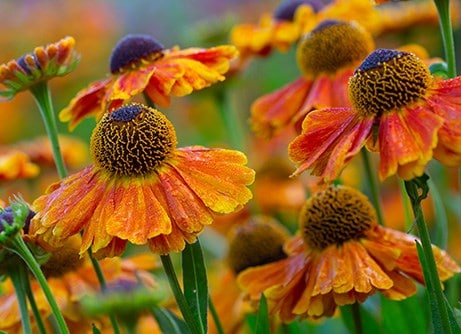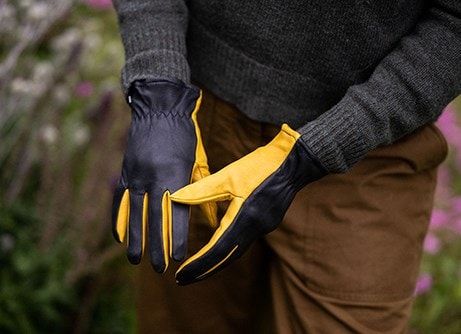In the realm of early cooking apples, 'Grenadier' reigns supreme and ripens by mid-August in the UK. This culinary cultivar is particularly well-suited for northerly, colder, and higher rainfall areas.
Its fruits, distinctly ribbed and adorned with a pale green skin, gradually transform into a charming pale yellow-green hue. Bursting with a sharp, zesty flavour, these medium to large apples are perfect for pies, crumbles, and desserts. They also cook down effortlessly into a luscious cream-coloured puree.
Less vigorous than 'Bramley's Seedling,' where it can be used as a pollinating partner, it boasts resistance to common apple diseases.
Pollination information: This apple belongs to pollination group 3, and is not self fertile, so does not need a pollinating partner to produce a crop of apples. Cross-pollinate with other apples in this group or those from group or those from groups 2 or 4.
How to care for apple Grenadier:
When planting your apple tree, prepare a hole up to three times the diameter of its root system. Fork over the base of the pit in readiness, incorporating plenty of organic matter into the backfill and planting hole. Place the plant in the planting hole and carefully refill, firming the soil around the roots to eliminate air pockets. Insert stake at this point if required.
Avoiding frozen and waterlogged soil, trees should be planted out as they arrive. If you've ordered a bare root tree, soak the roots in a bucket of water for half an hour prior to planting - or if this is not possible, they can be heeled in temporarily, covering their roots with soil, or potted up.
Keep the base of the tree weed free, fertilise at the beginning of each year water regularly during hot, dry spells.
The main prune should be done in the winter as long as it isn't frosty or freezing. Take out the 3D’s (dead, dying and diseased wood) and create an open shape. Then reduce the leaders back by a third. Aim to create an airy structure without any crisscrossing branches.
In August summer prune. Shorten any side shoots (or laterals) which are longer than 20cm back to three leaves. This will allow the sun to ripen the fruit and encourage more fruit buds. Make sure that the growth you’re cutting away feels firm to the touch.











